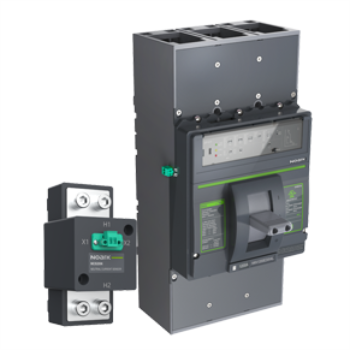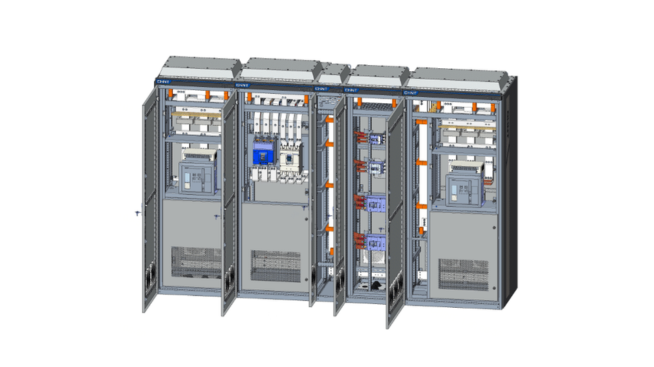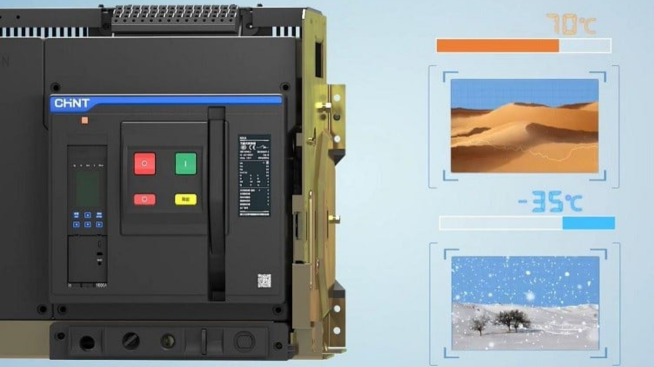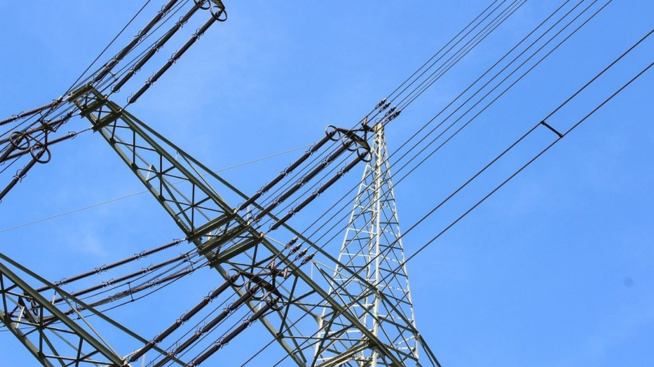The performance and safety of low-voltage transformer alternatives depend a lot on how well the wiring is done. A lot of business buildings and industrial enterprises use these transformers to control the flow of electricity. Bad wiring can waste energy and break equipment.
The CHINT SG Series Three-phase Air-immersed Transformer can provide consistent and reliable power in these kinds of settings. It is built to last, making it ideal for heavy-duty use. This transformer makes it easy to keep running smoothly and maintain. These attributes make this product a welcome option for companies that value reliability and durability.
Safety Precautions Before Wiring Low-Voltage Transformers
Before working on equipment such as a low-voltage transformer, please remember the precautions below.
- Always use the correct safety gear. This includes clothes that don't catch fire, insulated gloves, and safety glasses.
- Use tools that have handles that don't conduct electricity.
- Use reputable testing equipment to make sure the power is off before you start any work. Follow the correct lockout/tagout procedures.
- Make sure that all of the workers know what to do to stay safe. OSHA and NFPA 70E guidelines are excellent resources for clear guidance.

Tools and Materials Needed
For Protective Gear
Please make sure you wear these before working.
- Insulated gloves
- Safety glasses
- Fire-resistant clothes
For Tools
- Use wire strippers, screwdrivers, pliers, and a multimeter to ensure that your adjustments are safe and correct.
- Select the appropriate type of wire based on the situation, as selecting the wrong option can lead to potential mishaps.
- For tight and secure connections, use authorized connectors.
- Insulation materials keep connections safe and stop short circuits. Always be sure your gear is safe to use. Non-conductive materials, such as rubber, are a good starting point when selecting your equipment.
Step-by-Step Wiring Guide
If you are looking for an efficient way on how to connect low-voltage wires to transformer units, continue reading the instructions below. Here is how to connect low-voltage wires to transformer units properly:
Step 1: Review the Transformer’s Specifications
The first crucial step is to know the specifications of your transformer. You can use an arsenal of tools to help you prepare during this step. One of which is a low-voltage transformer size calculator. This tool will allow you to know the kVA of your unit and see if it’s up to standard.
Step 2: Prepare the Installation Site
You can now proceed to prepare your installation site. First, survey the area. Make sure that there are no obstacles or potential hazards. Then, make sure that all the required equipment is at your disposal. Lastly, secure your entry point for easier access while working.
Step 3: Connect the Primary Side
First, identify the primary terminals on your transformer. Then, make sure that your wires are insulated and proceed by connecting them to the primary terminals. Lastly, the connections must be secured in order to avoid any potential problems.
Step 4: Connect the Secondary Side
To connect a low-voltage wire of the correct size to the secondary side, clean the end. Put it in the right terminal. To keep the wire in place, tighten the screw. Please ensure that all connection points are sealed.
Step 5: Grounding the Transformer
To ground a transformer, connect the grounding wire to the terminal on the transformer that says "ground." Connect the other end to an approved grounding rod or a ground system. To make a secure connection, use the right clamps. This helps keep mistakes from happening. Always follow electrical guidelines and safety rules when grounding objects.
Step 6: Final Checks and Testing
Verify that all connections are secure after installing a low-voltage transformer. Check the voltage coming in and going out with a multimeter. Make sure the grounding is right. Check for symptoms of heat or noise while it's running. Check to see that the load is the same as the transformer's rating. Before putting the system into use, make sure all tests are done.
Common Voltage Transformer Wiring Configurations
There are two popular ways to wire three-phase transformers. These are delta and wye. Each arrangement changes the voltage levels and the way loads are balanced. A delta connection connects the ends of each phase to make a closed loop. This configuration lets a lot of current flow and is employed in big machines.
A wye connection connects each phase to a central neutral point. This lets you connect loads from one line to another or from one line to neutral. Wye systems are common in light manufacturing and commercial facilities. They allow you to change the voltage levels and make grounding safer.
When the load is balanced and does not need a neutral line, delta-to-delta connections are used. When a neutral line is required for mixed loads, wye to wye is employed. In distribution systems, delta-to-wye connections are prevalent. They assist in lowering the voltage so that it can be used in buildings. In generation systems, wye to delta can be used to raise the voltage for transmission. The type of load, the amount of electricity needed, and safety needs all play a role in choosing the correct wire layout.
Troubleshooting Tips
When installing a low-voltage transformer, the first step in troubleshooting is to verify the basic connections. One common problem is that the output lacks power. A blown fuse or a loose wire could be the cause. Make sure that all the cables for input and output are secure. Check the voltage with a multimeter.
Overheating is another problem. This could be due to excessive weight or insufficient airflow. Make the load lighter and keep the surrounding space clear of obstructions. Sounds like humming or buzzing could mean that parts are loose. Check the mounting bolts and tighten them if necessary. Improper grounding can be dangerous. Before using, always check to ensure the ground is suitable.
Wiring mistakes can cause transformers to fail after they are turned on. Make sure that the input voltage is the same as the rated voltage. Check the wire configuration and polarity. Make sure to use the right size wire for the load. Burnt smells or color changes could mean harm within. If that's the case, turn off the power and check the unit.
Always follow the manufacturer's instructions when installing and testing. These actions help keep things running safely and avoid problems that often happen. Taking the time to test and verify each component of the setup can help it function more effectively in the long run. For every installation, make sure you have the right tools and follow clear steps.
Conclusion
What causes voltage to be induced in a transformer? The answer is electromagnetic conduction. This is why proper preparation and installation are important when it comes to low voltage transformer units. For a more in-depth look, we encourage you to check out resources provided by CHINT regarding installation processes.






